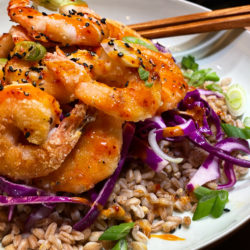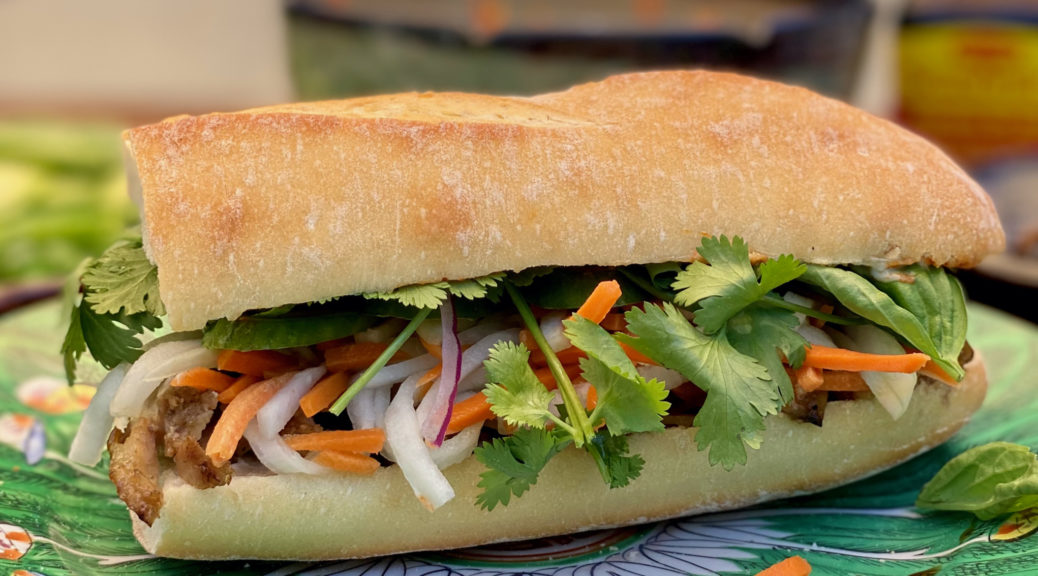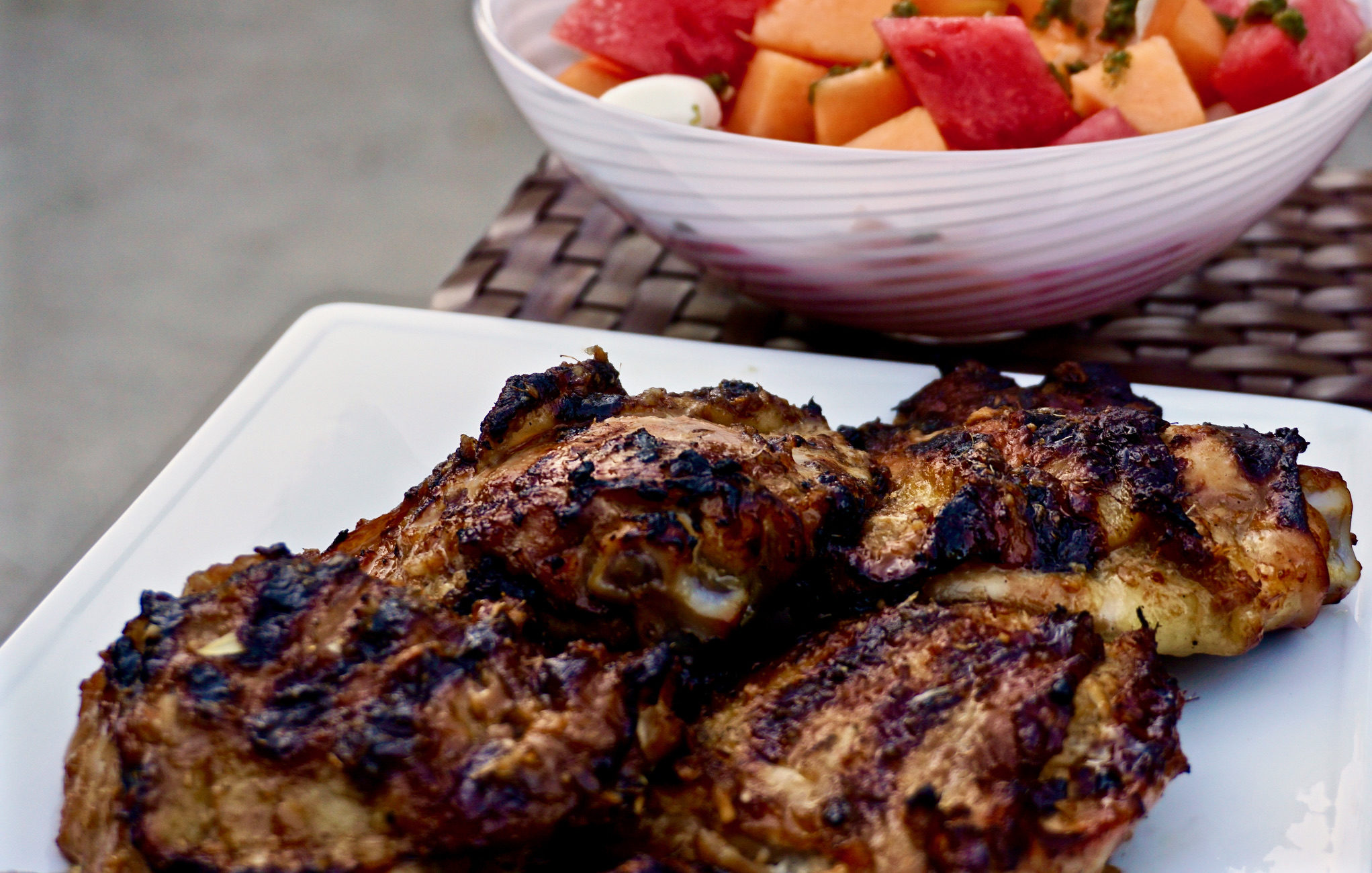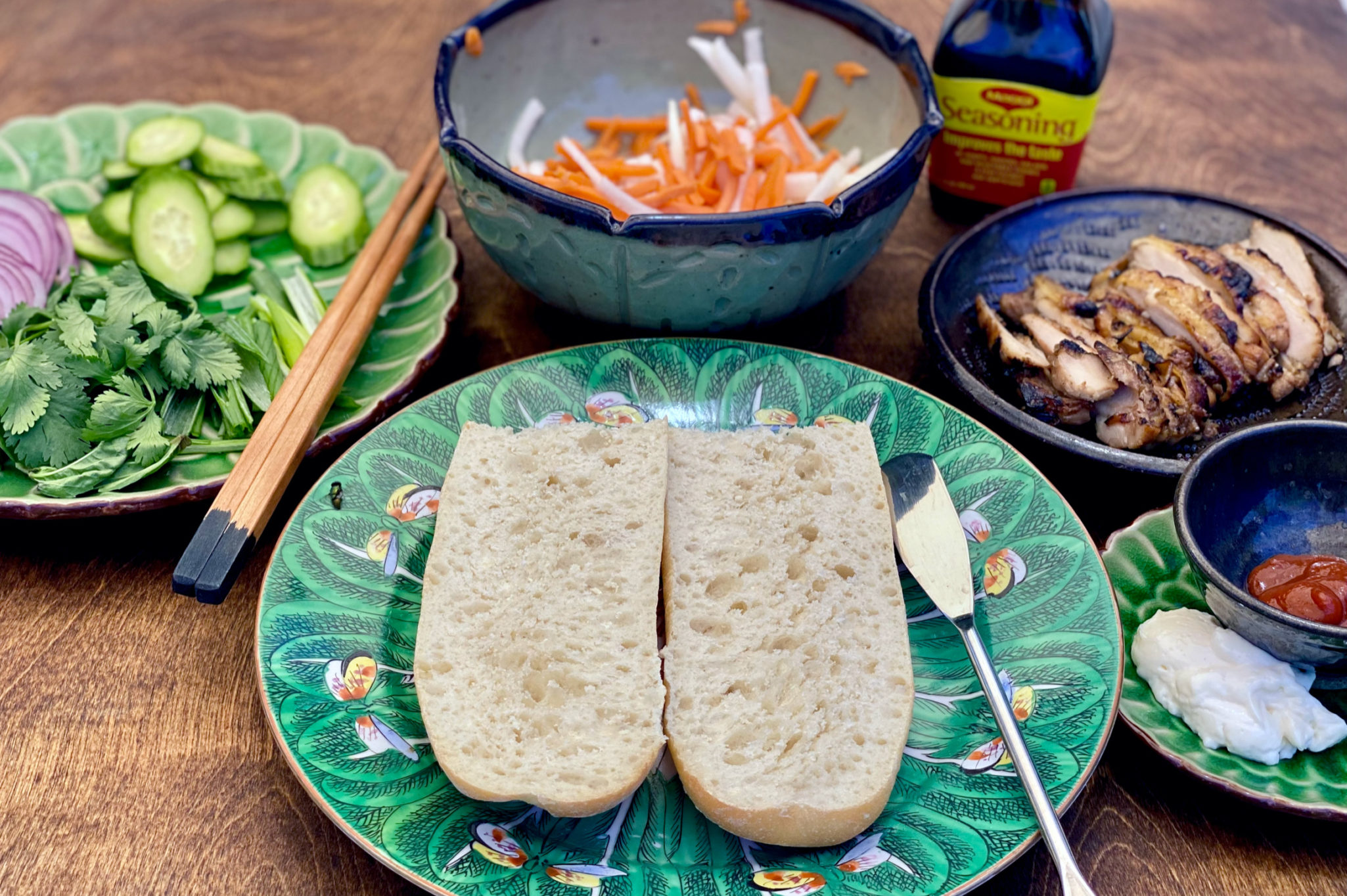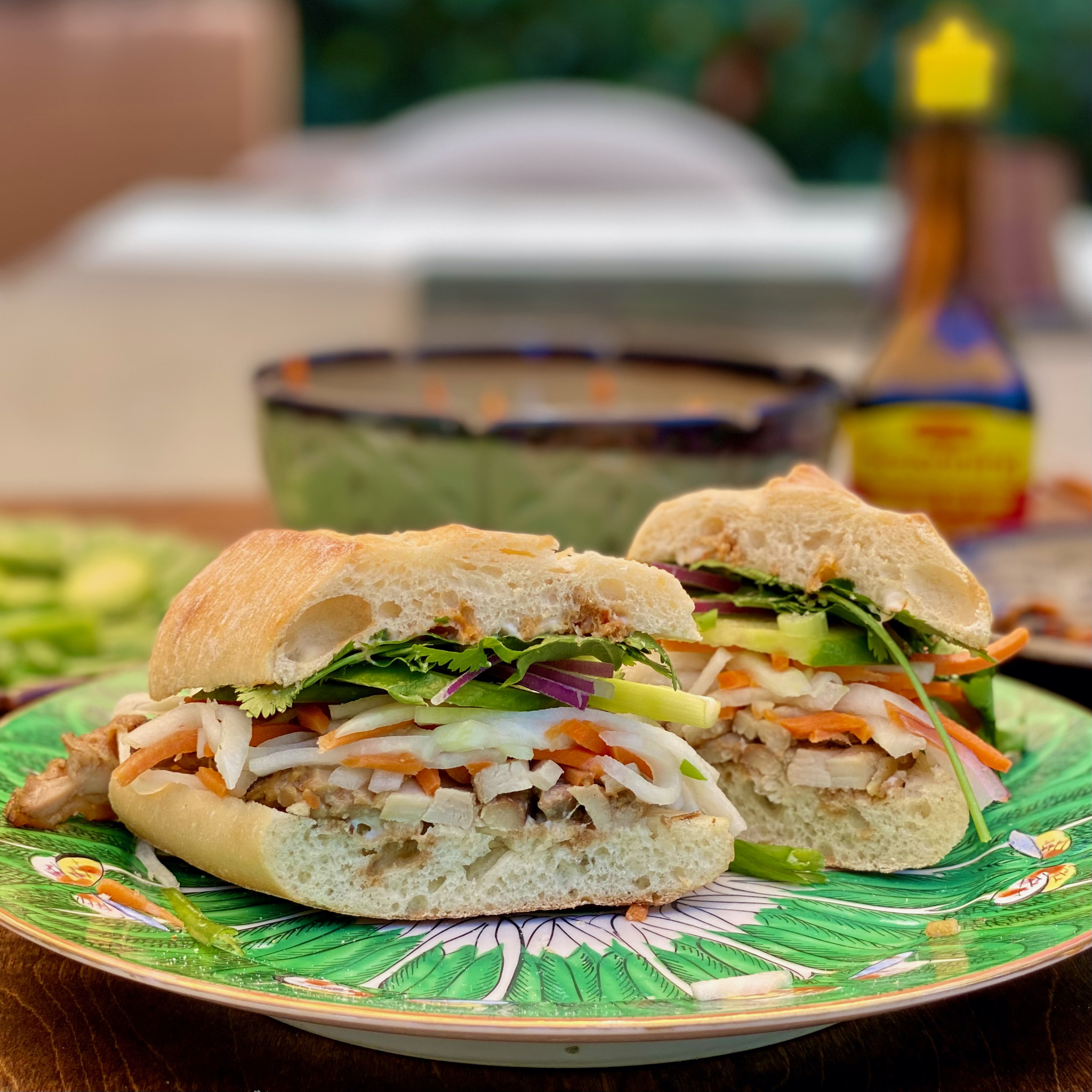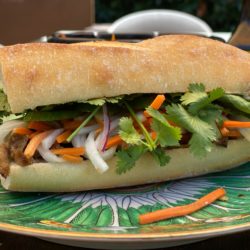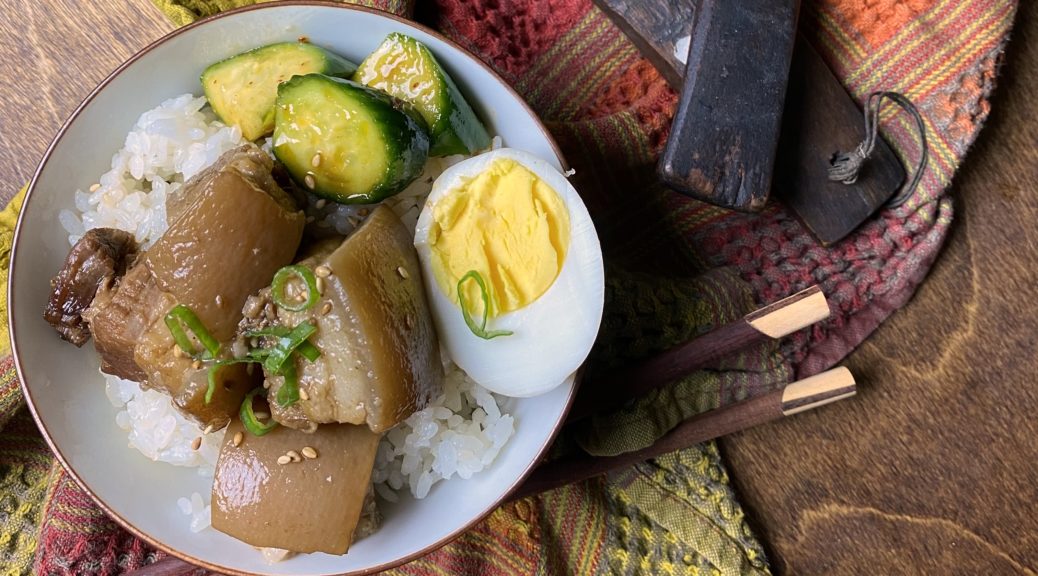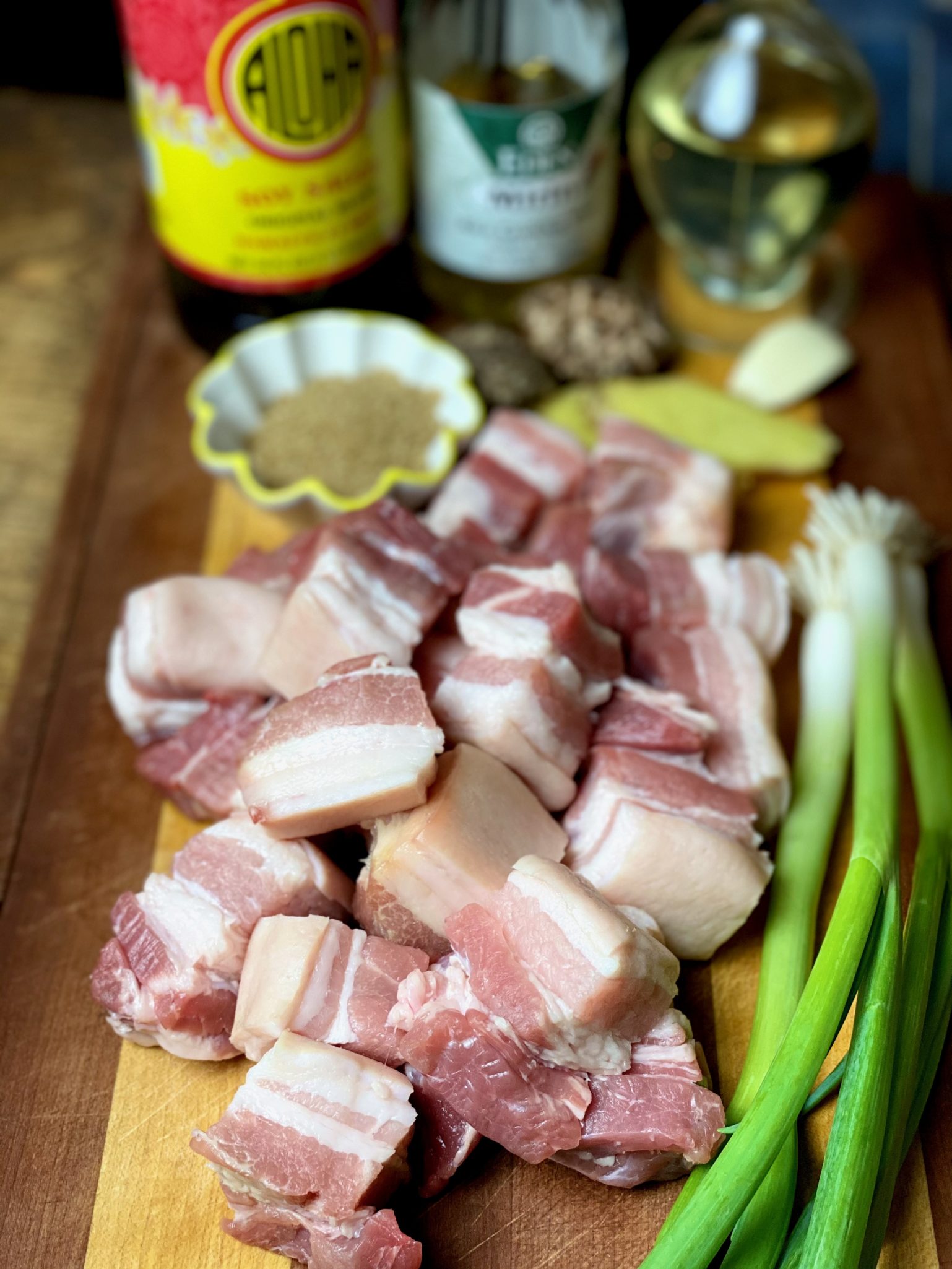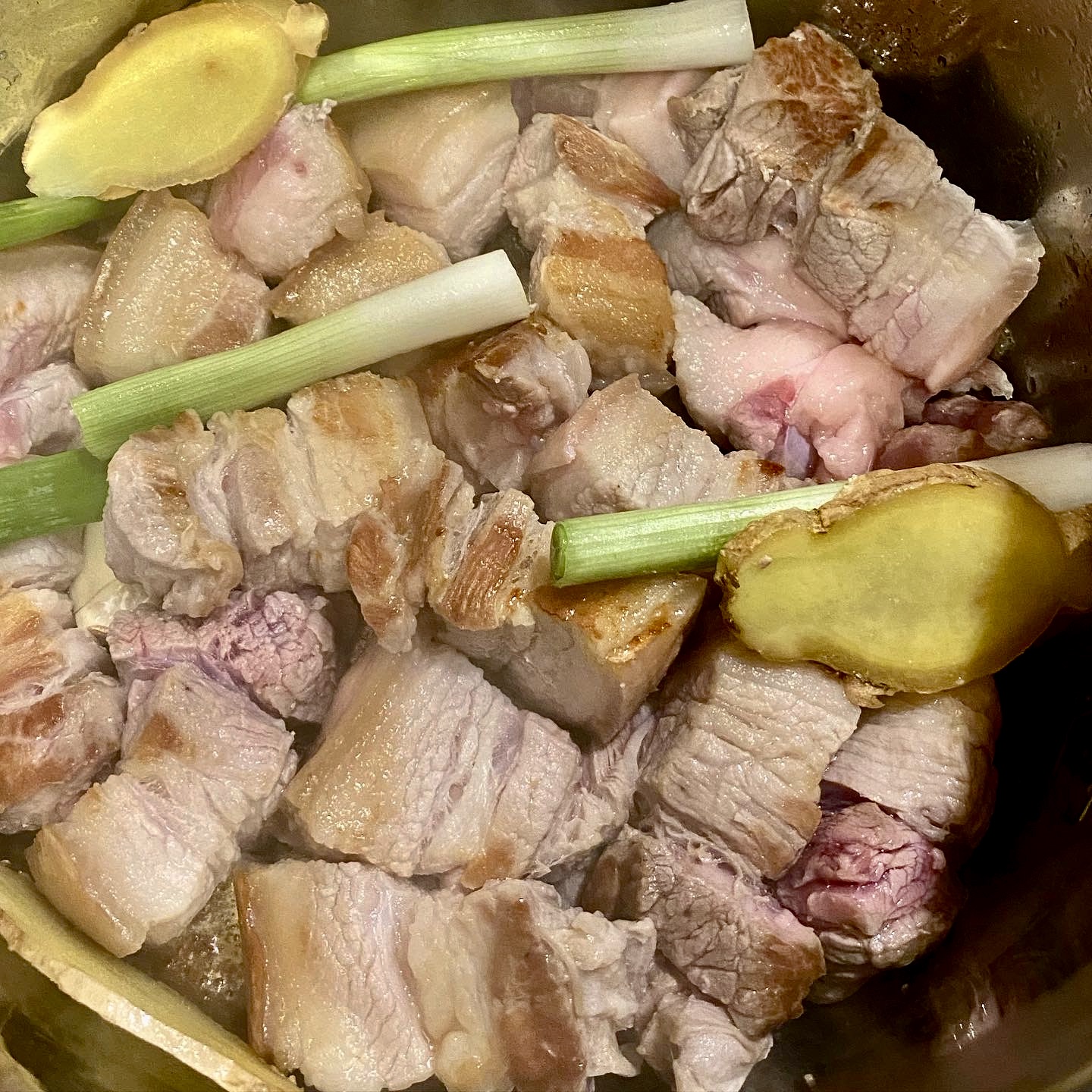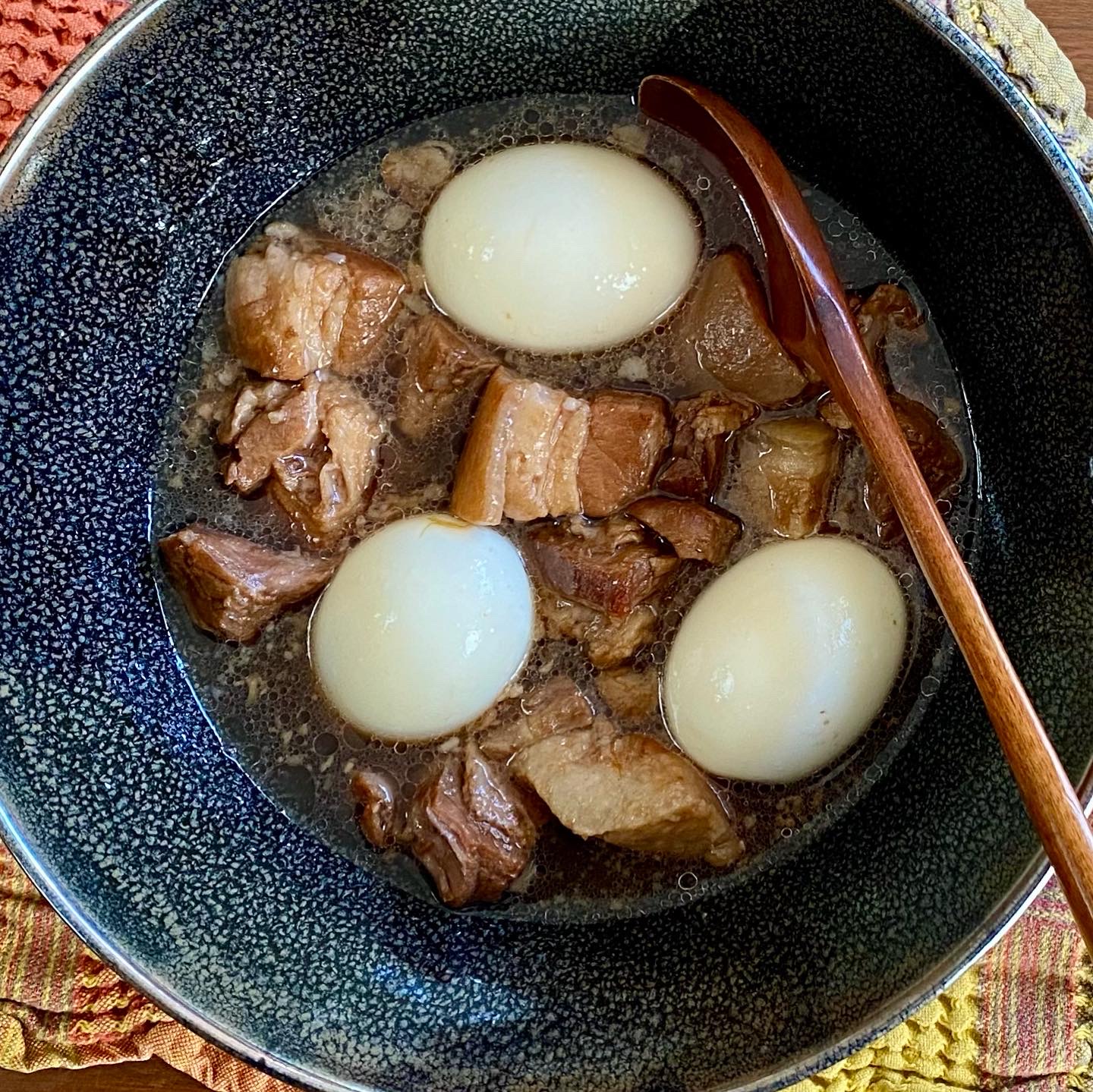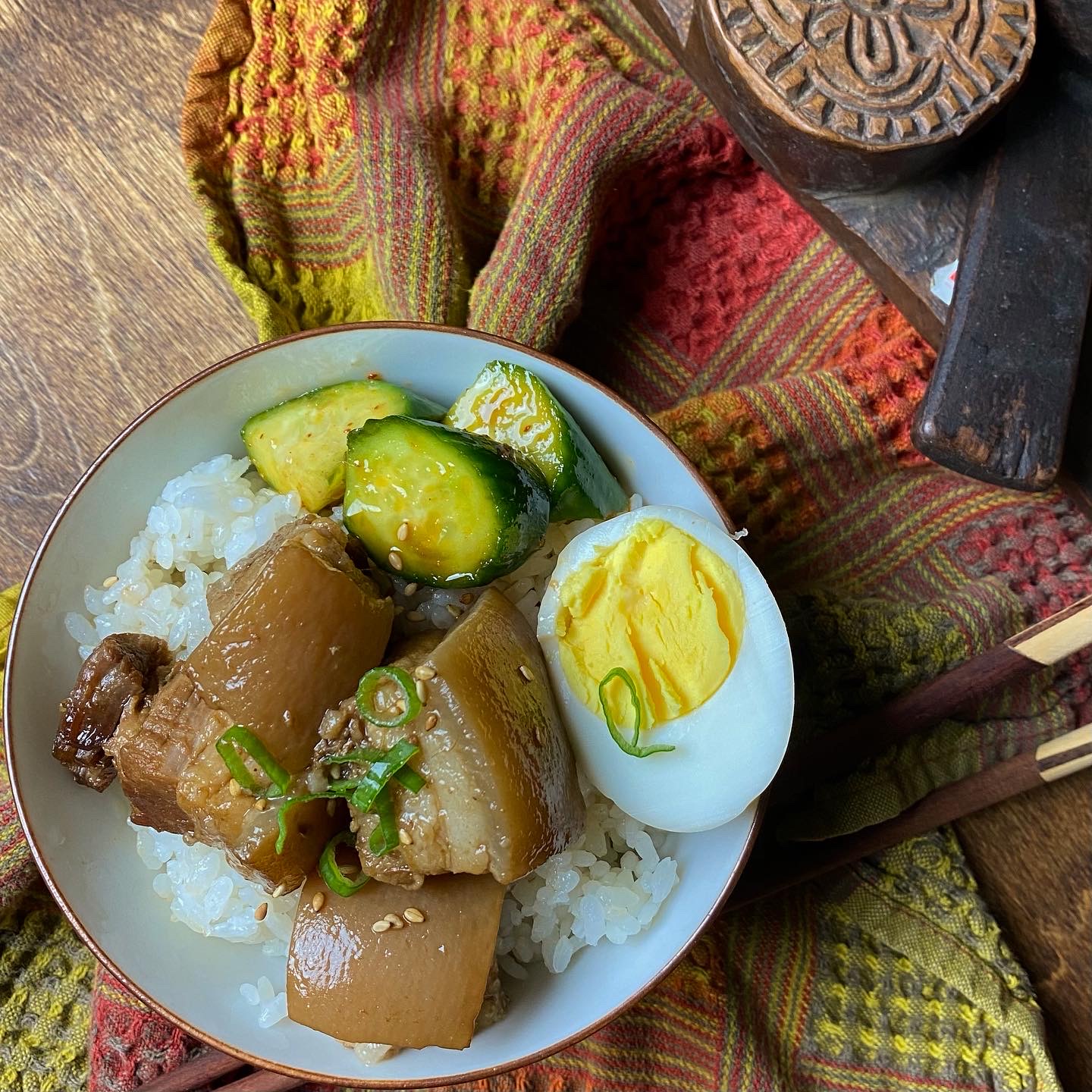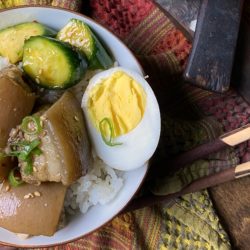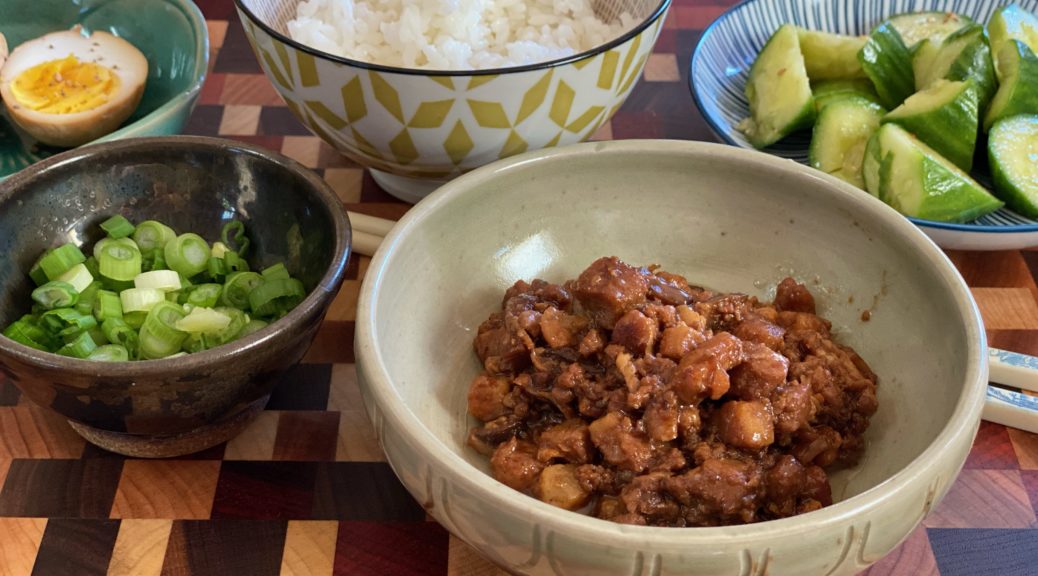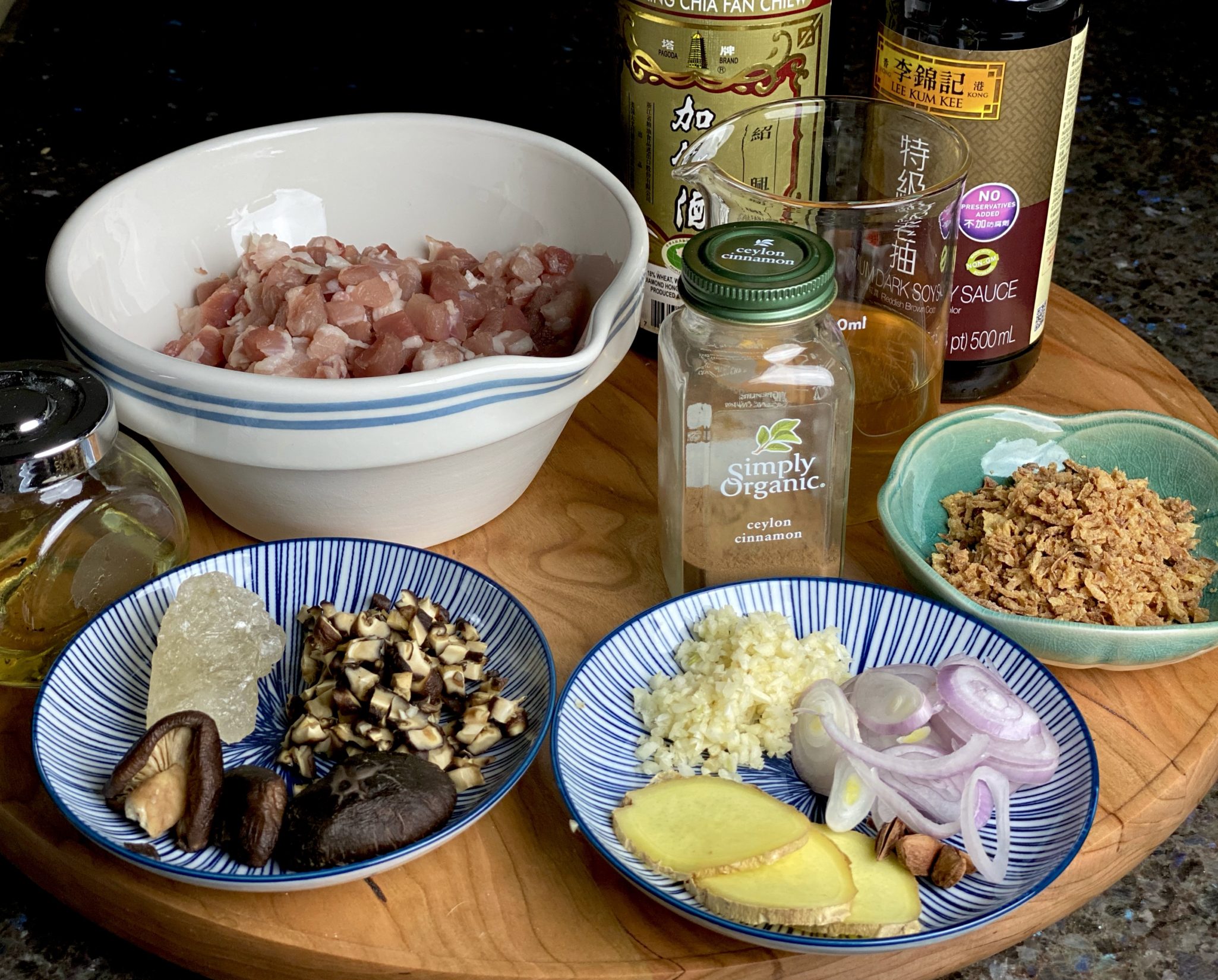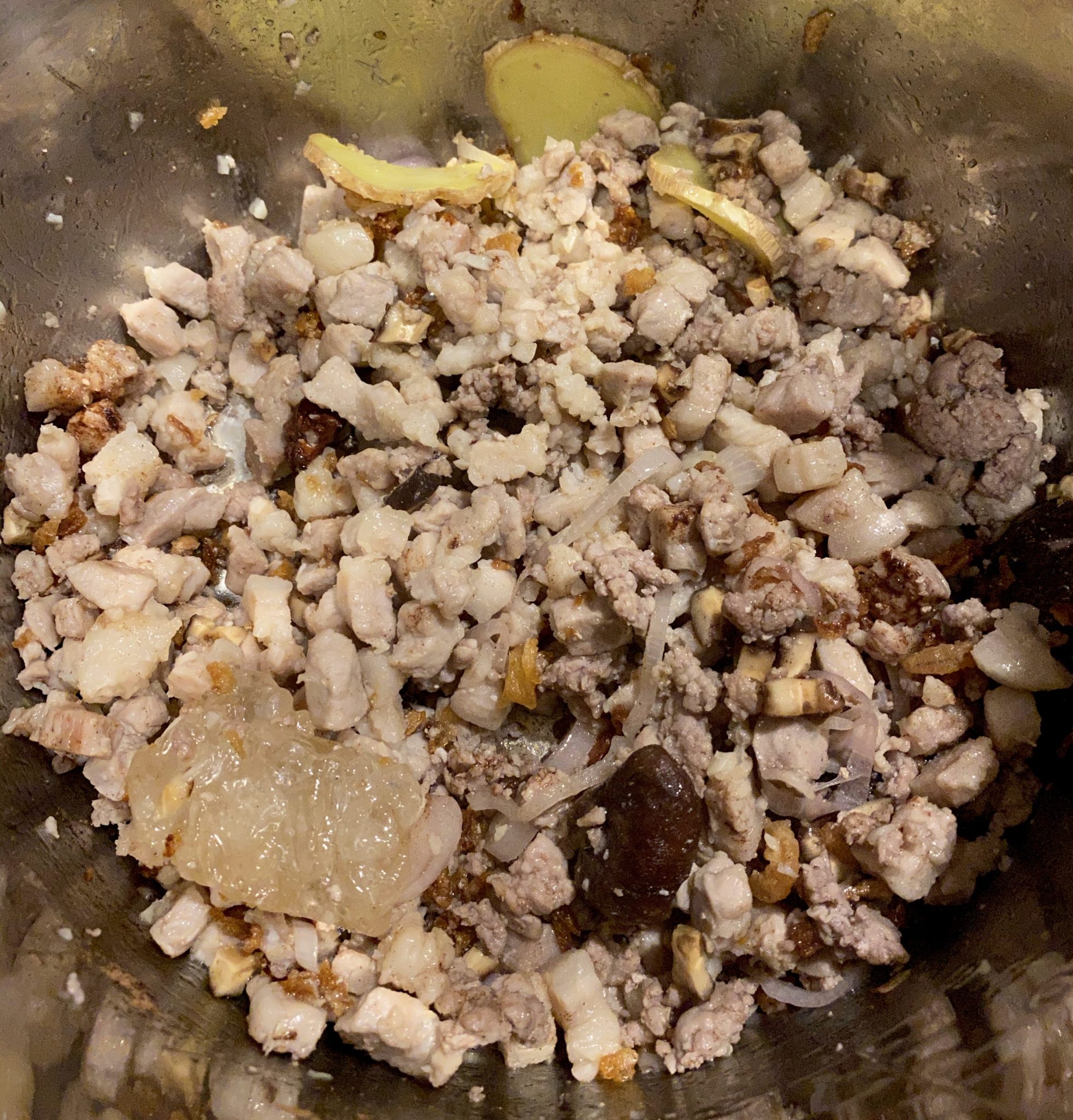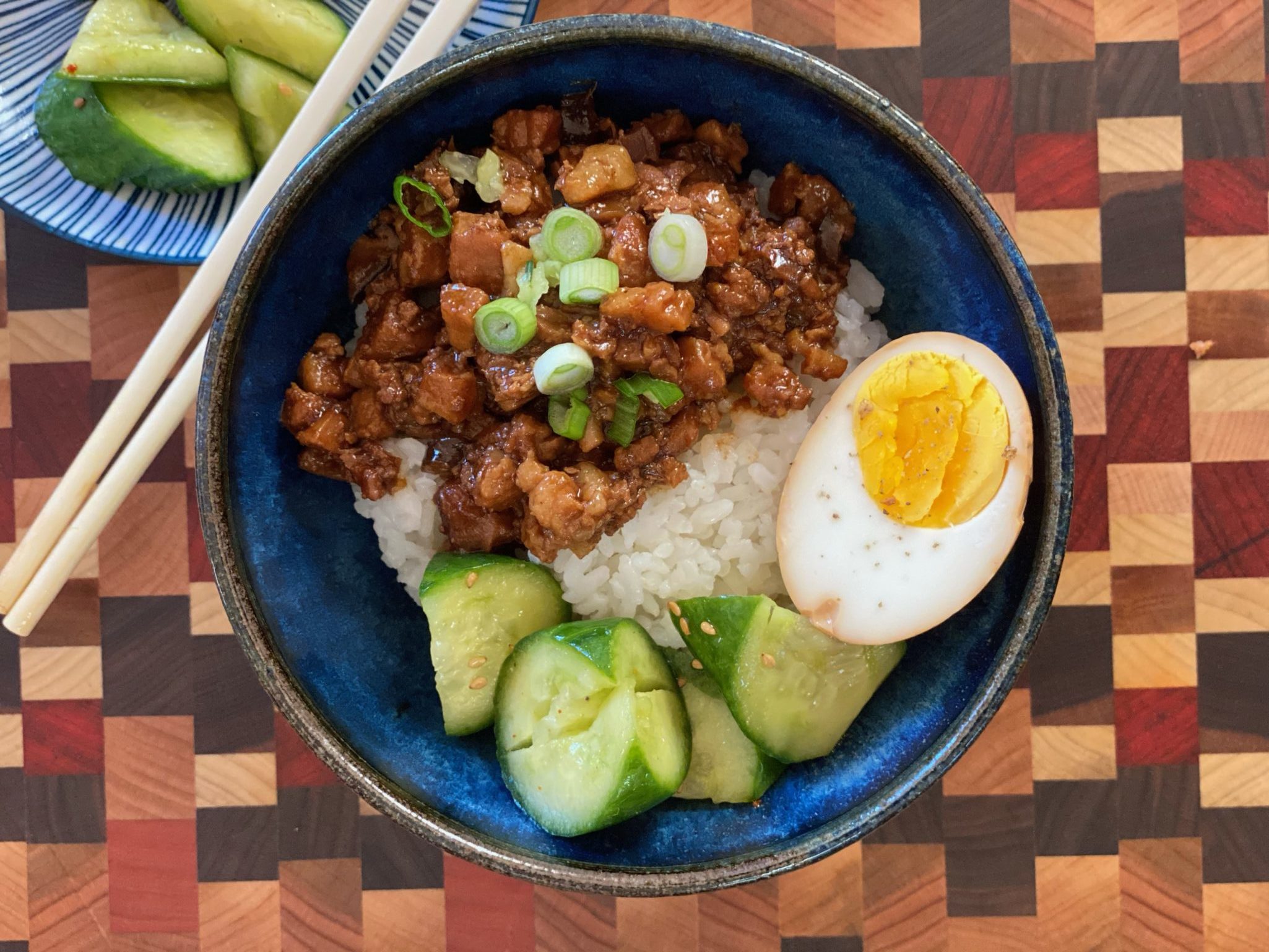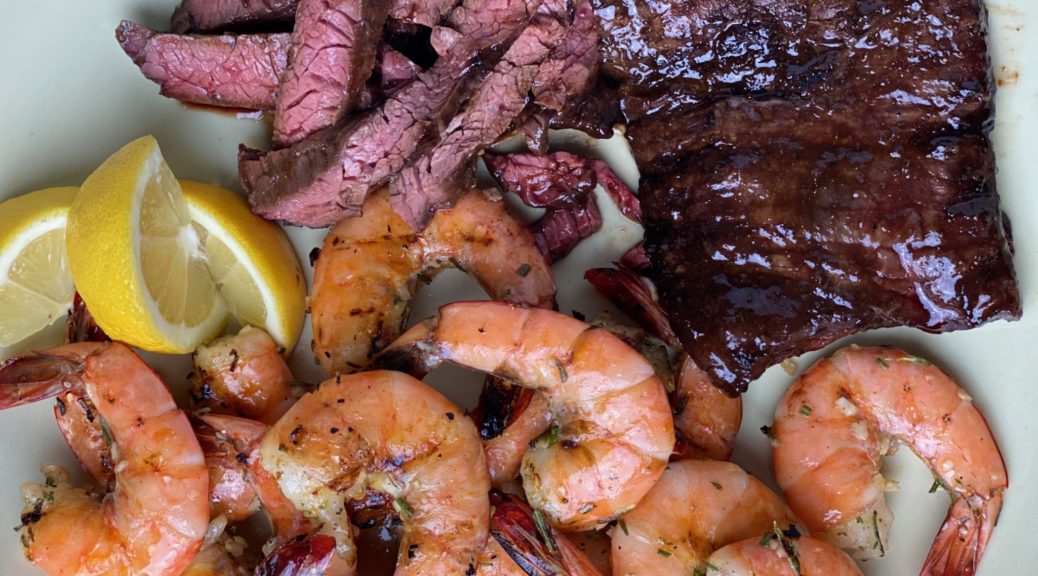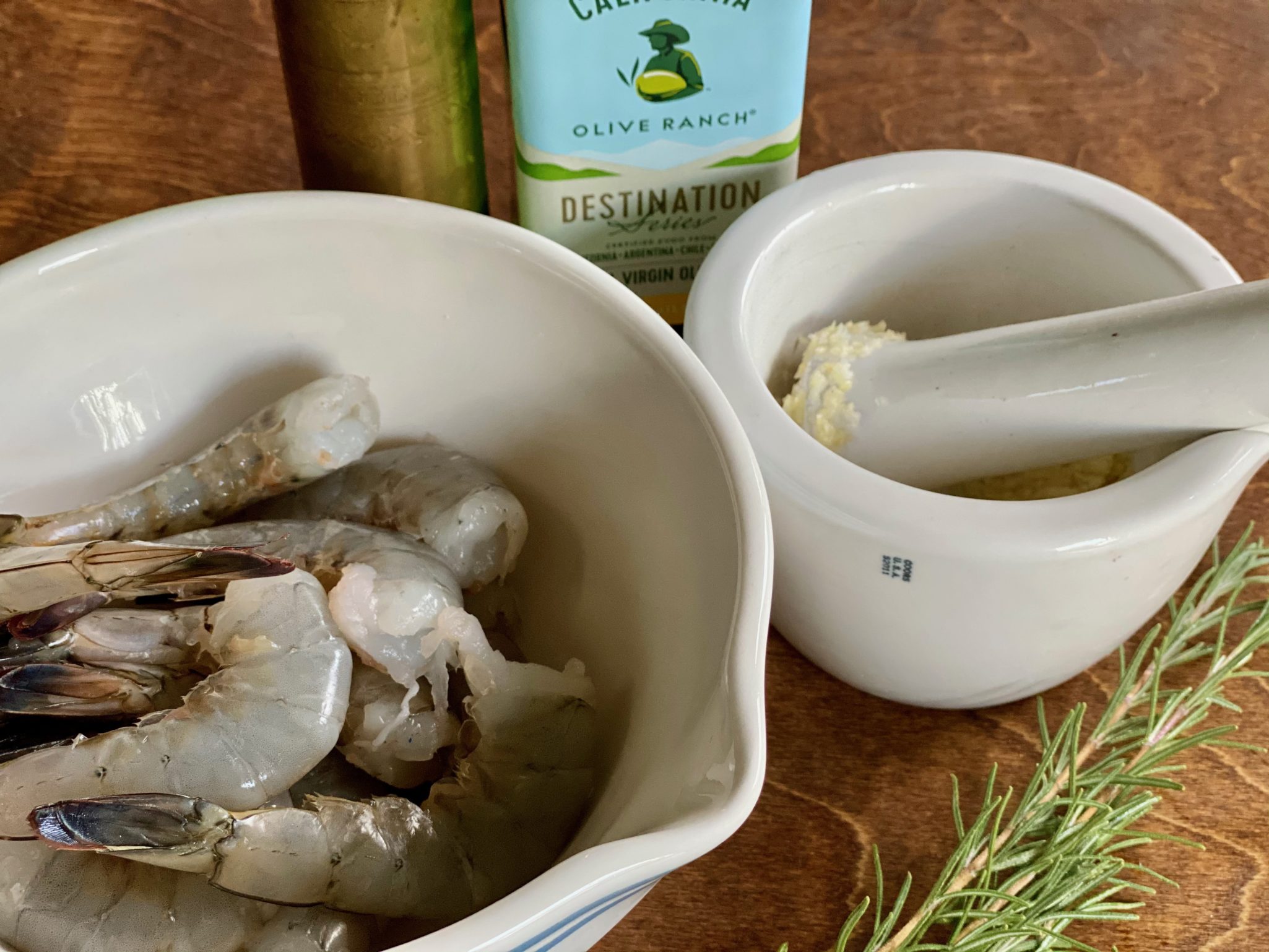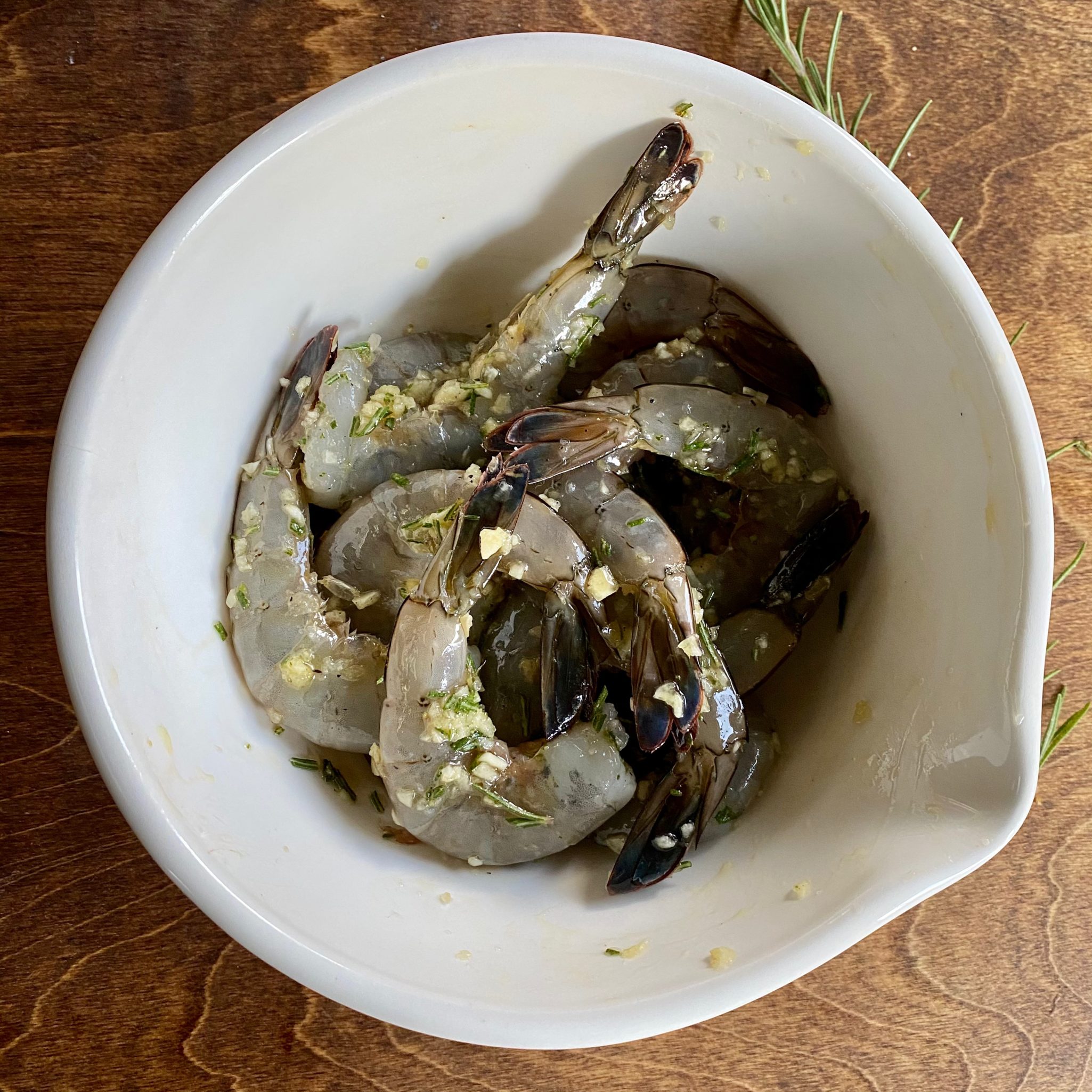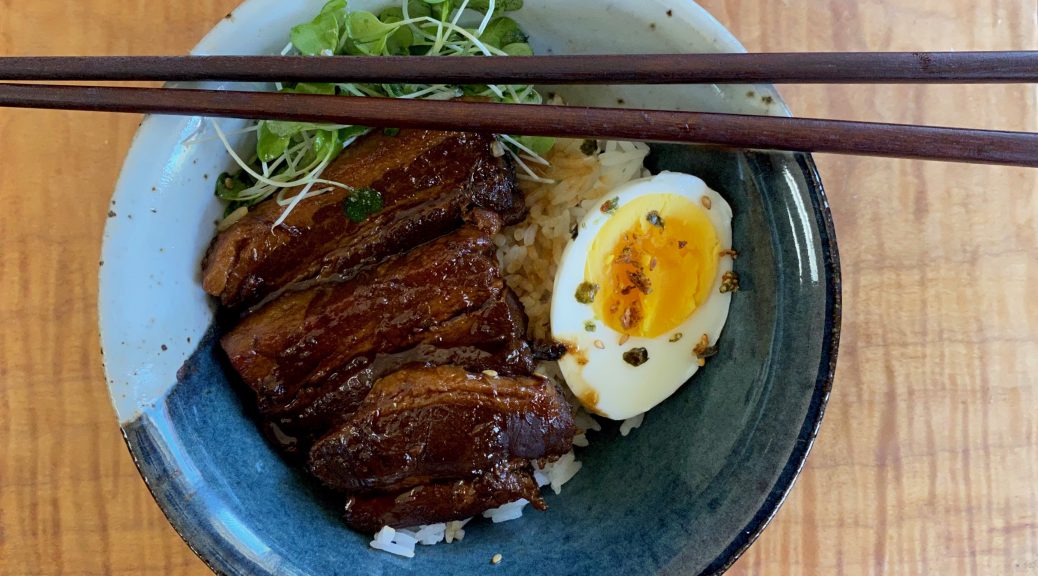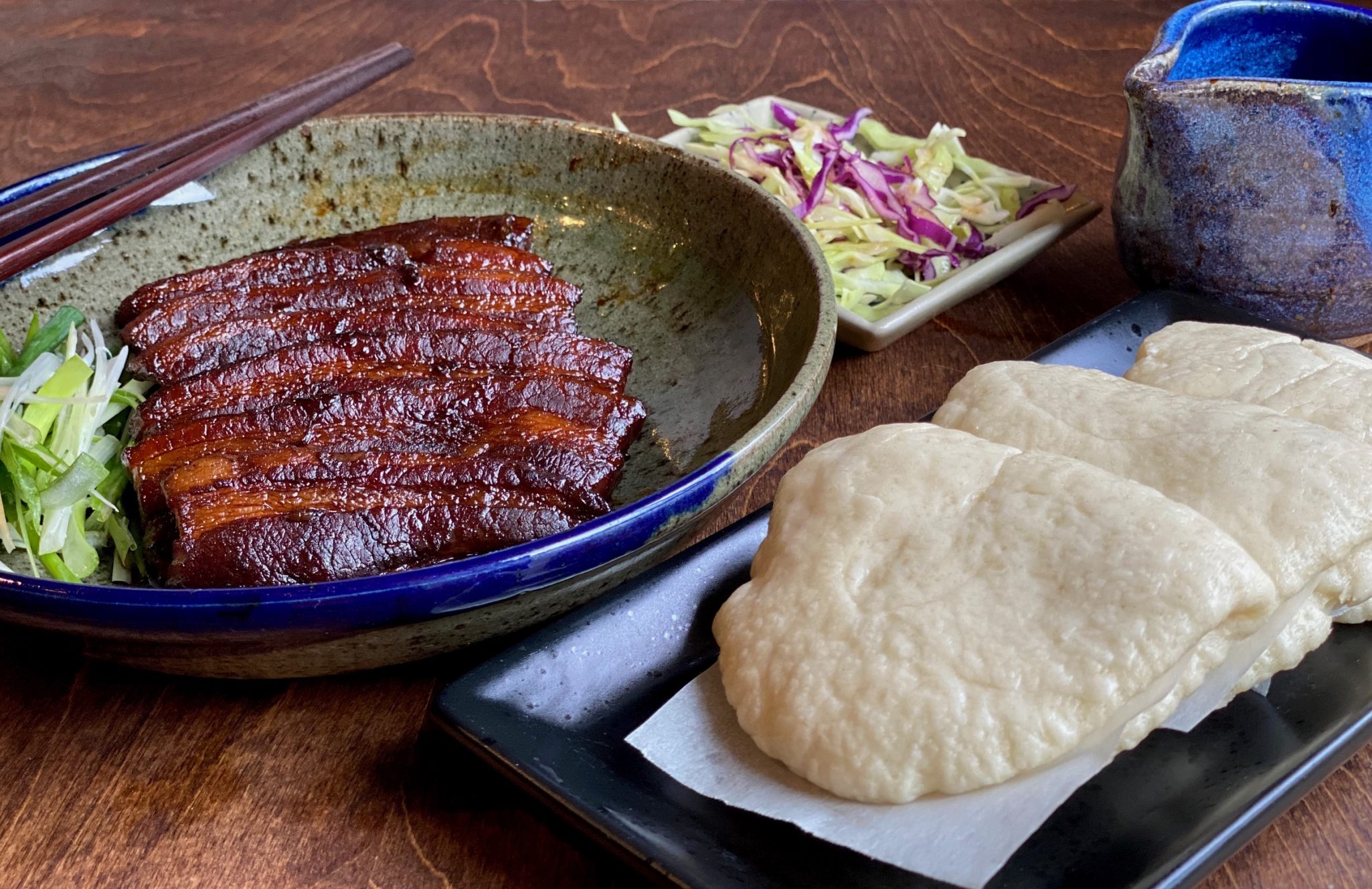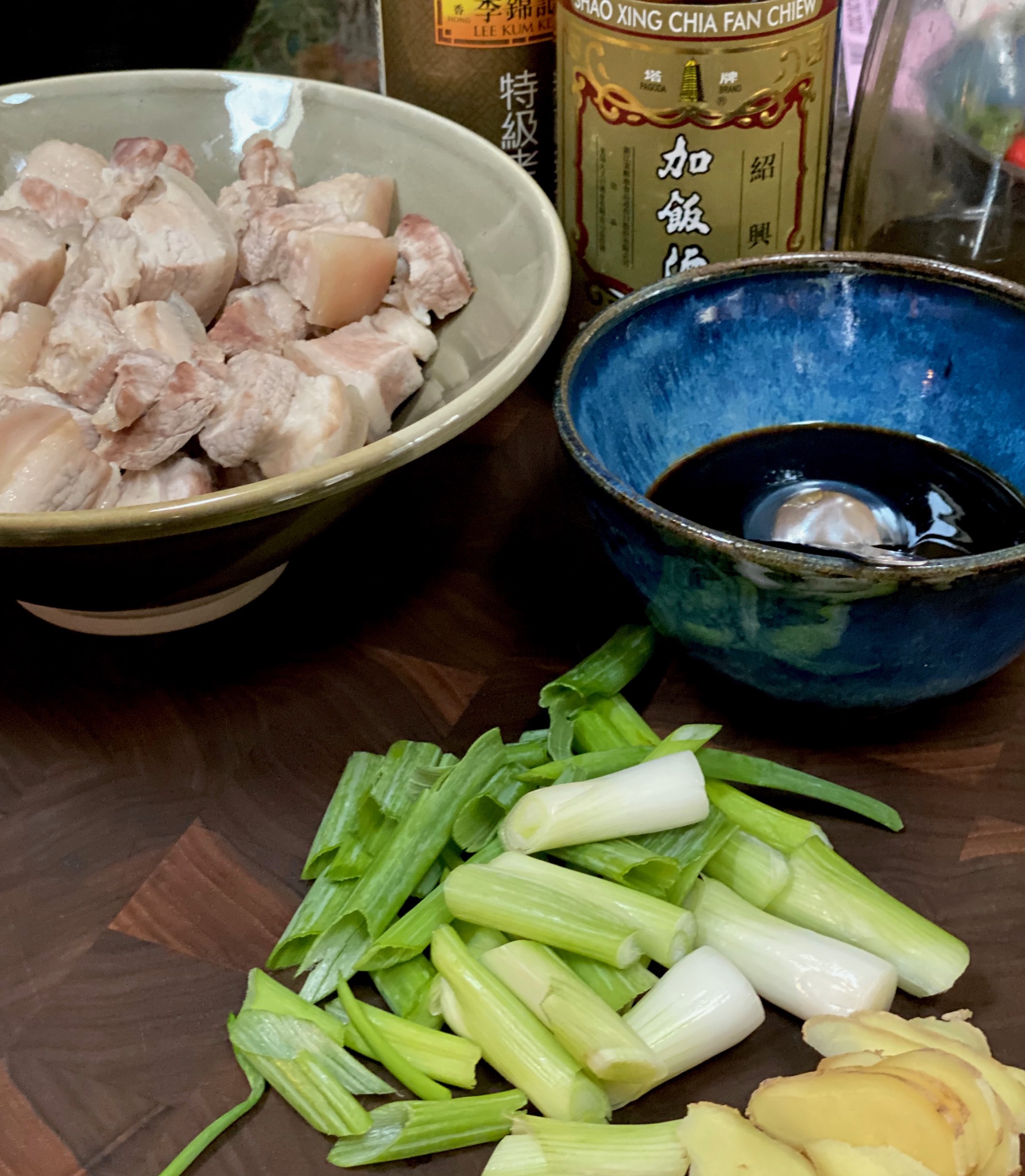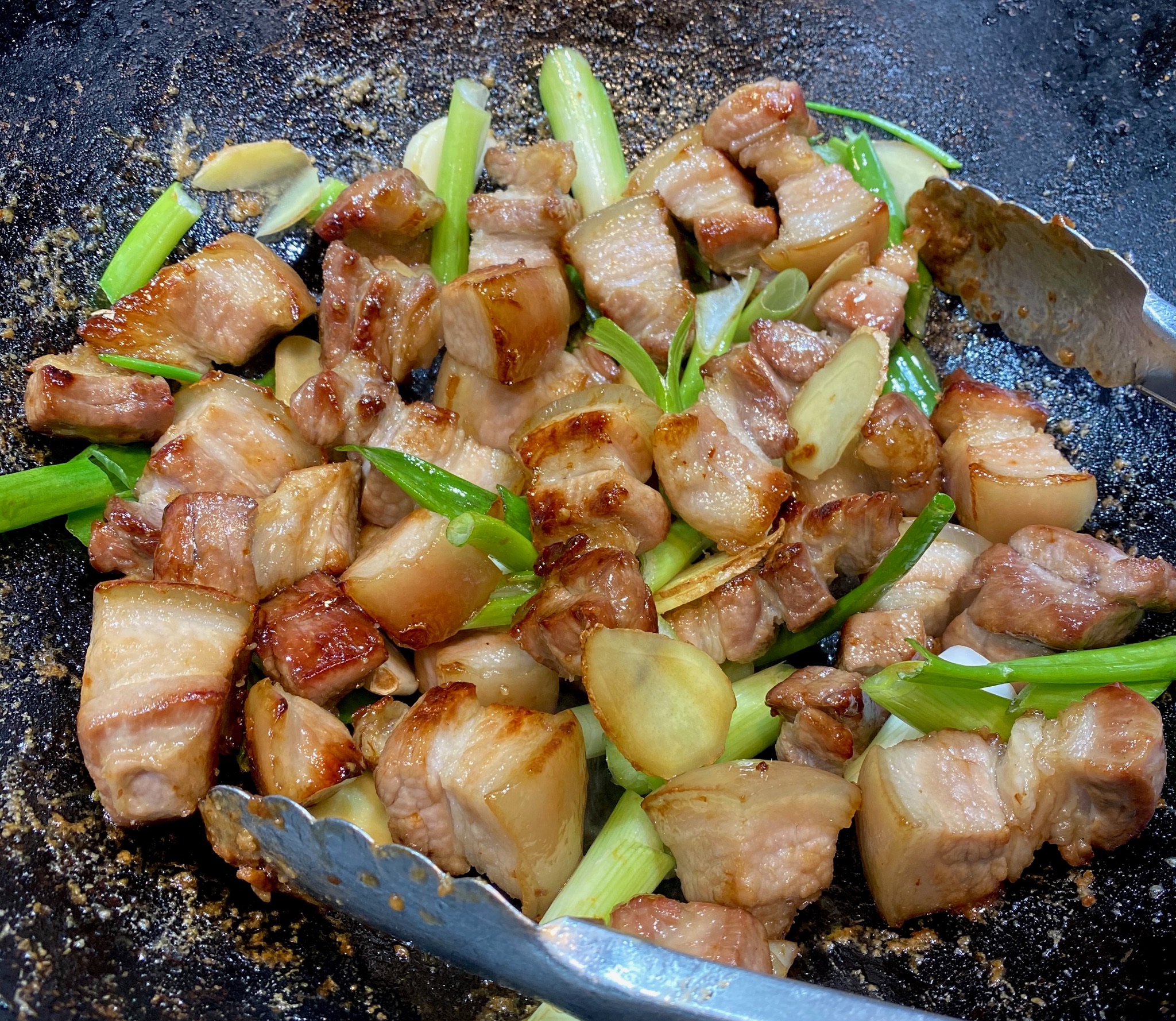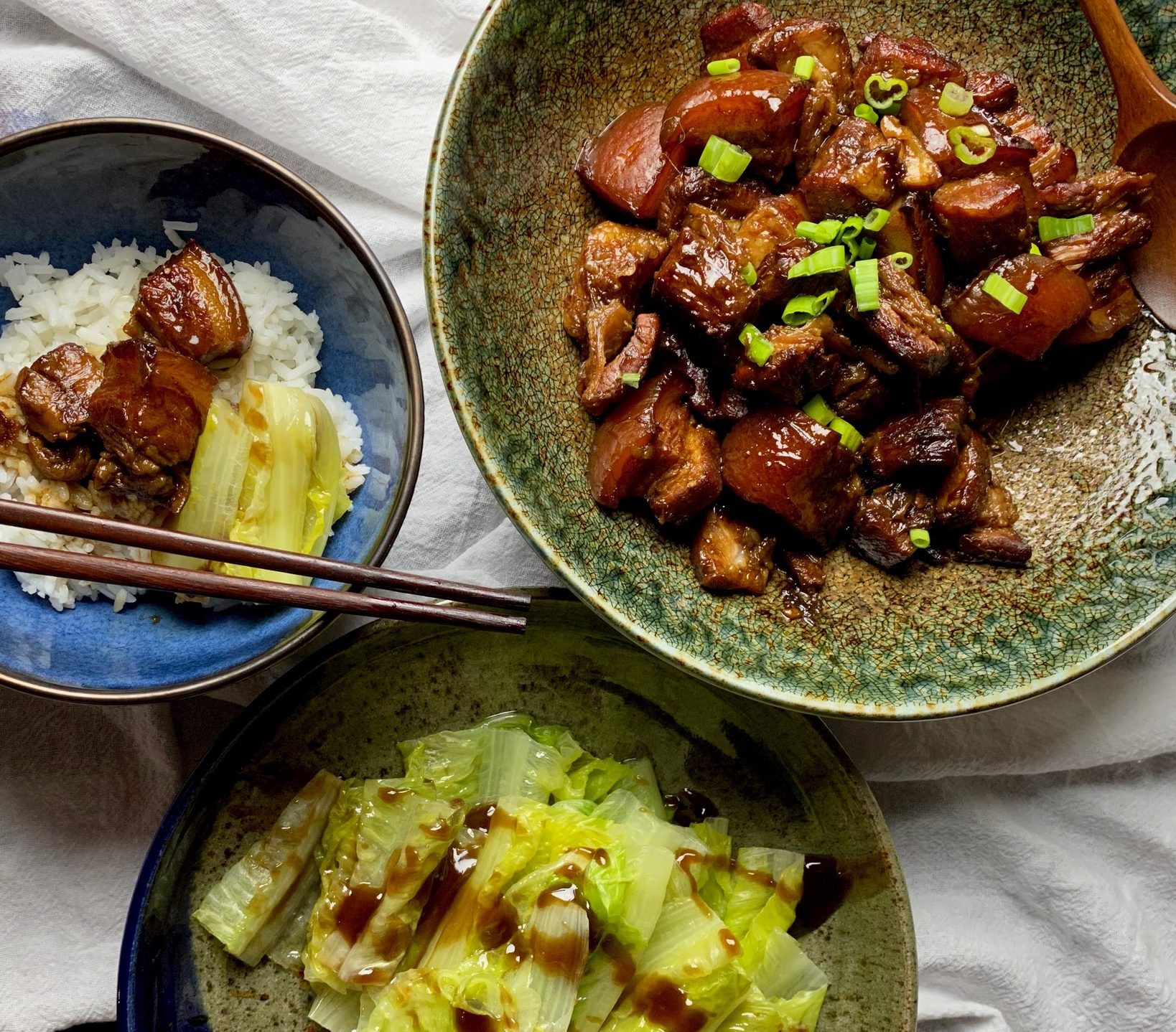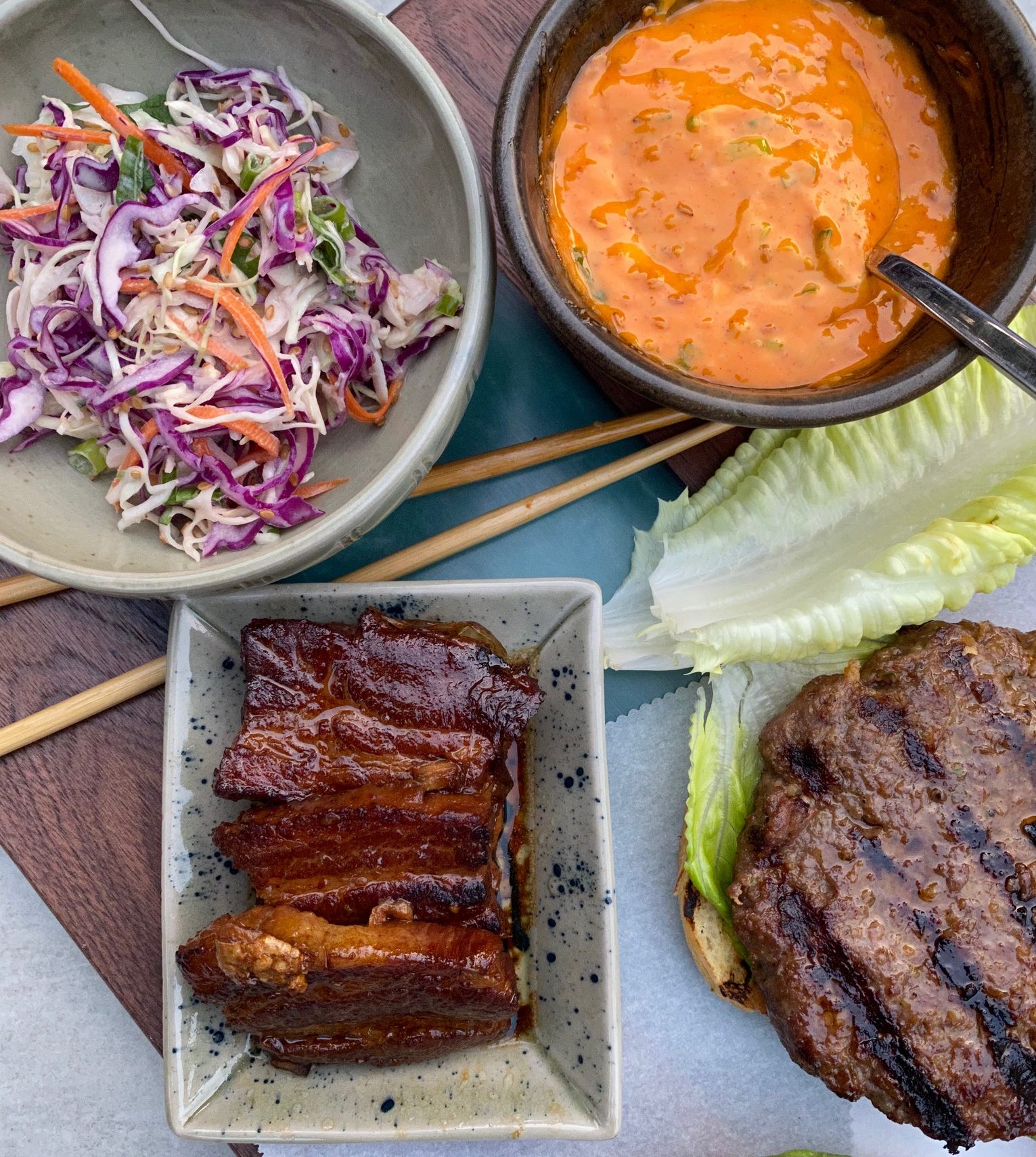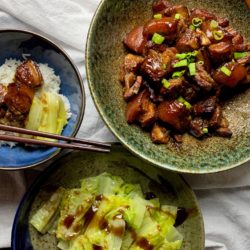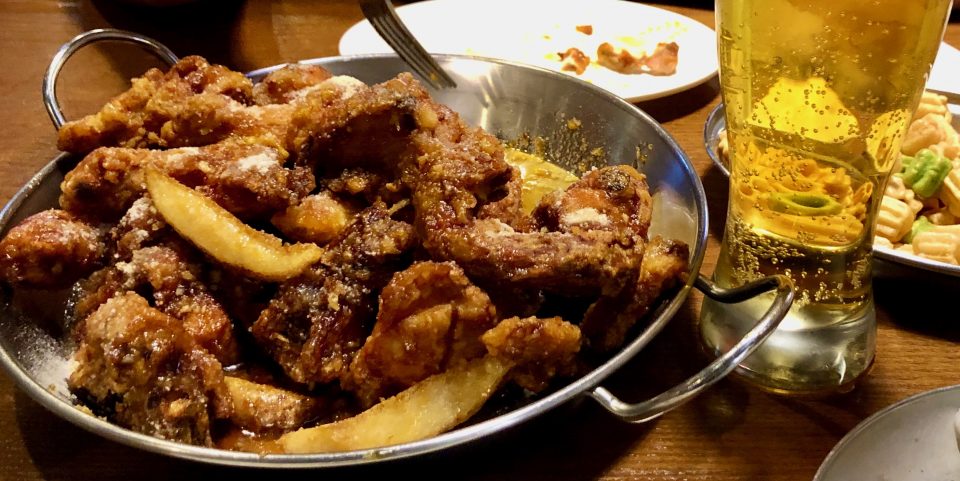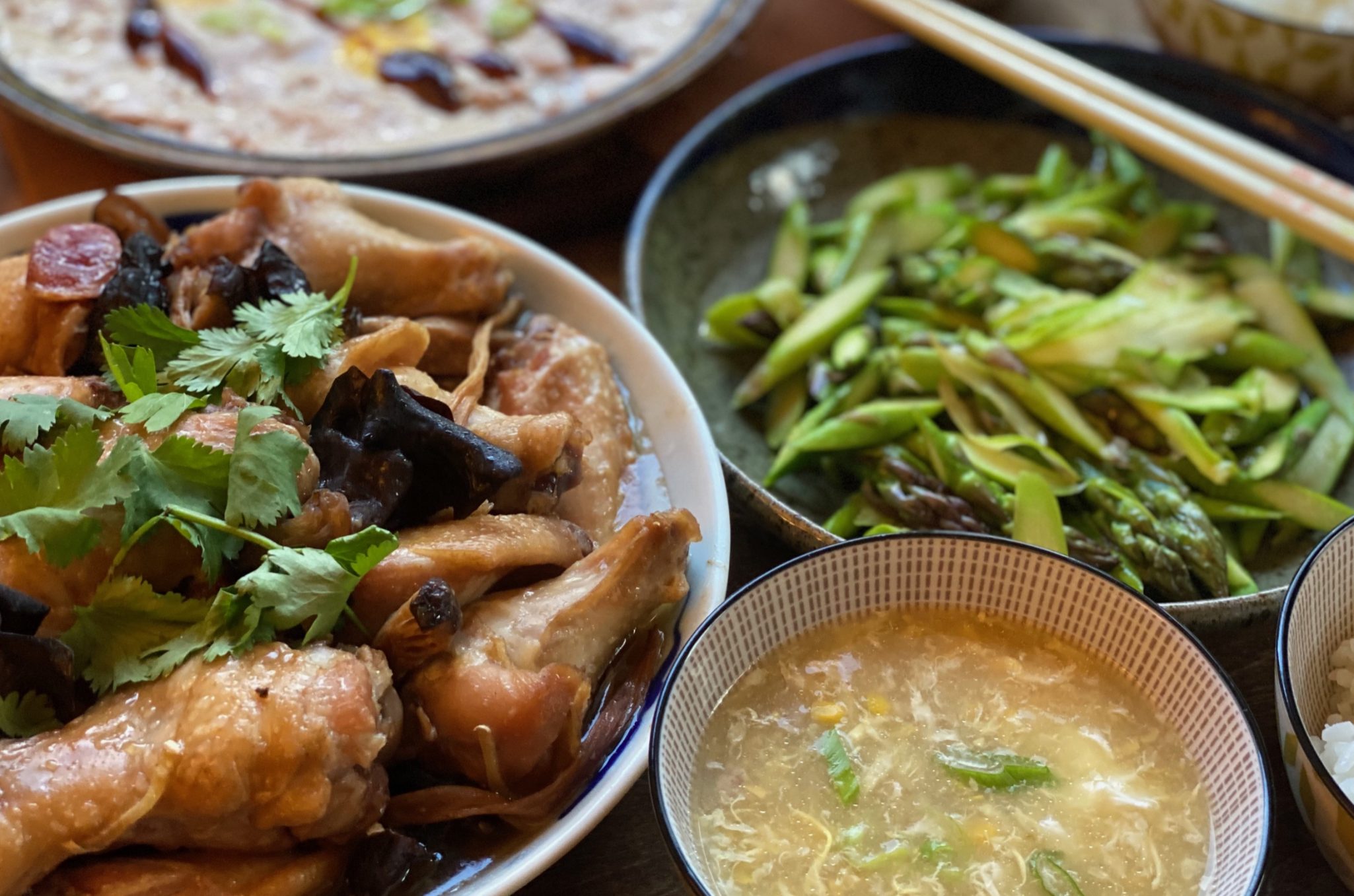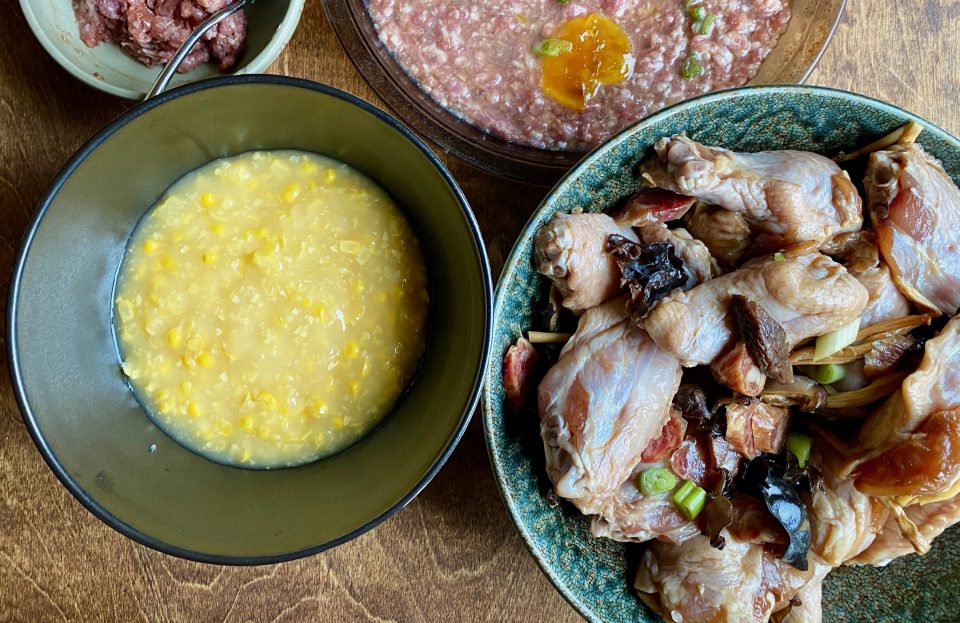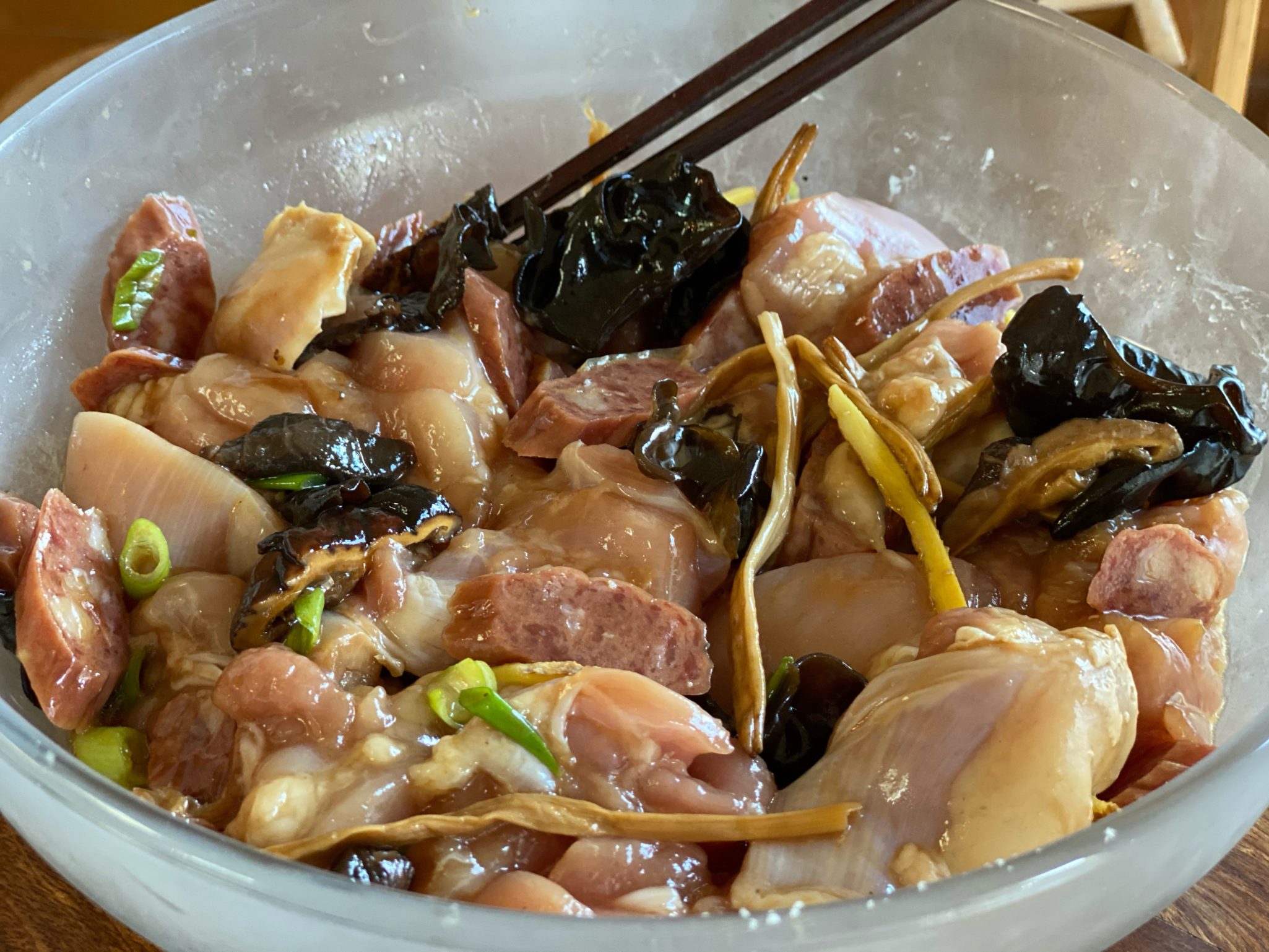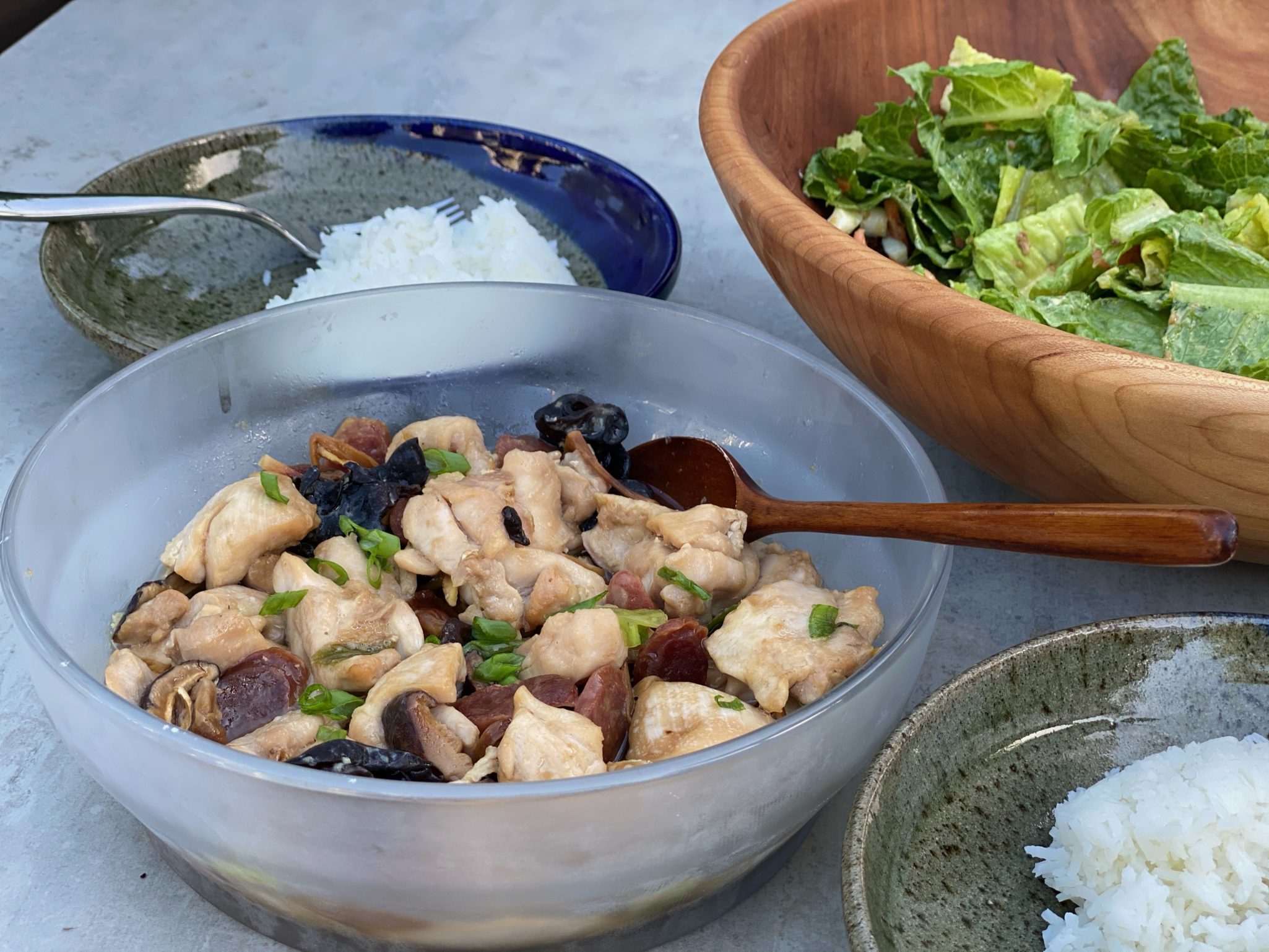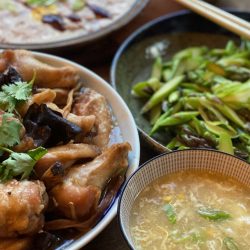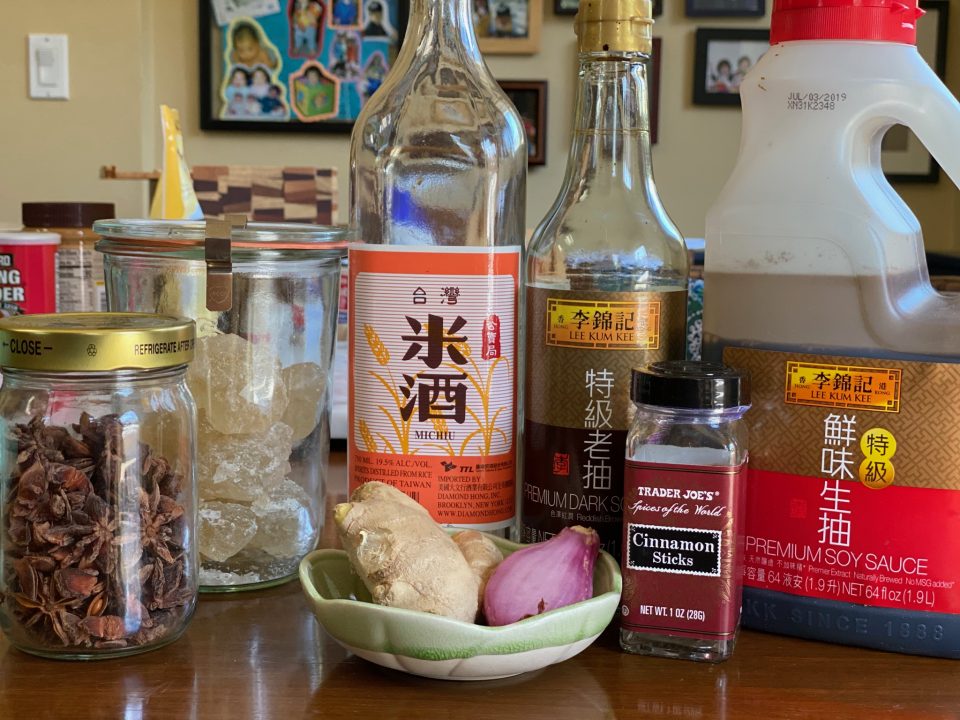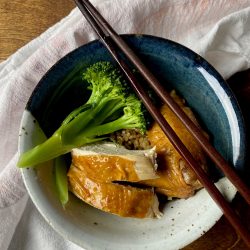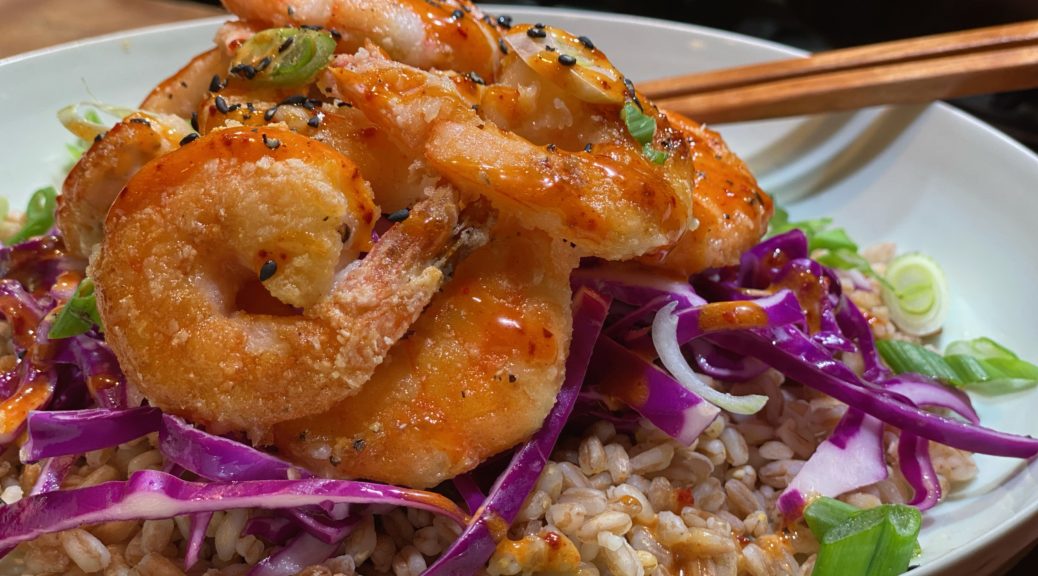
Crispy Pan-Fried Shrimp With Cabbage Slaw & Gochujang Mayo-Shrimply the Best
I came home from work the other day and ANNOYINGLY, with a couple of kids home and the hubster, no one had even thought about dinner. I mean really, I’m bringing home the “bacon”, the least someone could do is start dinner. But then I remembered we had some raw shrimp left from our hotpot celebration and a head of red cabbage, time for Joy Cho’s recipe for Pan-fried Crispy Shrimp with a Red Cabbage Slaw and Gochujang Mayo. I have been itching to try it for a while. It sounded very doable (even after working the whole day) and looked stunning. If it’s anywhere close to as delicious as her Gochujang Pasta, we’d have another winner.

Make the spicy mayo first, which is just Kewpie Mayo, Gochujang, Gochugaro, honey, and sesame, so simple, so good. The slaw comes next which means slicing the cabbage and making a quick vinegar dressing. Use a mandolin to shred the cabbage if you have one. If not, slice as thin as possible. I took a shortcut (hey, I worked ALL day peeps) and grabbed a bag of Trader Joe’s 10-minute Farro. My Anson Mills Farro would have to wait for another day. We cooked the farro in dashi which added a nice briny punch that complements the shrimp. Boom, umami boost.
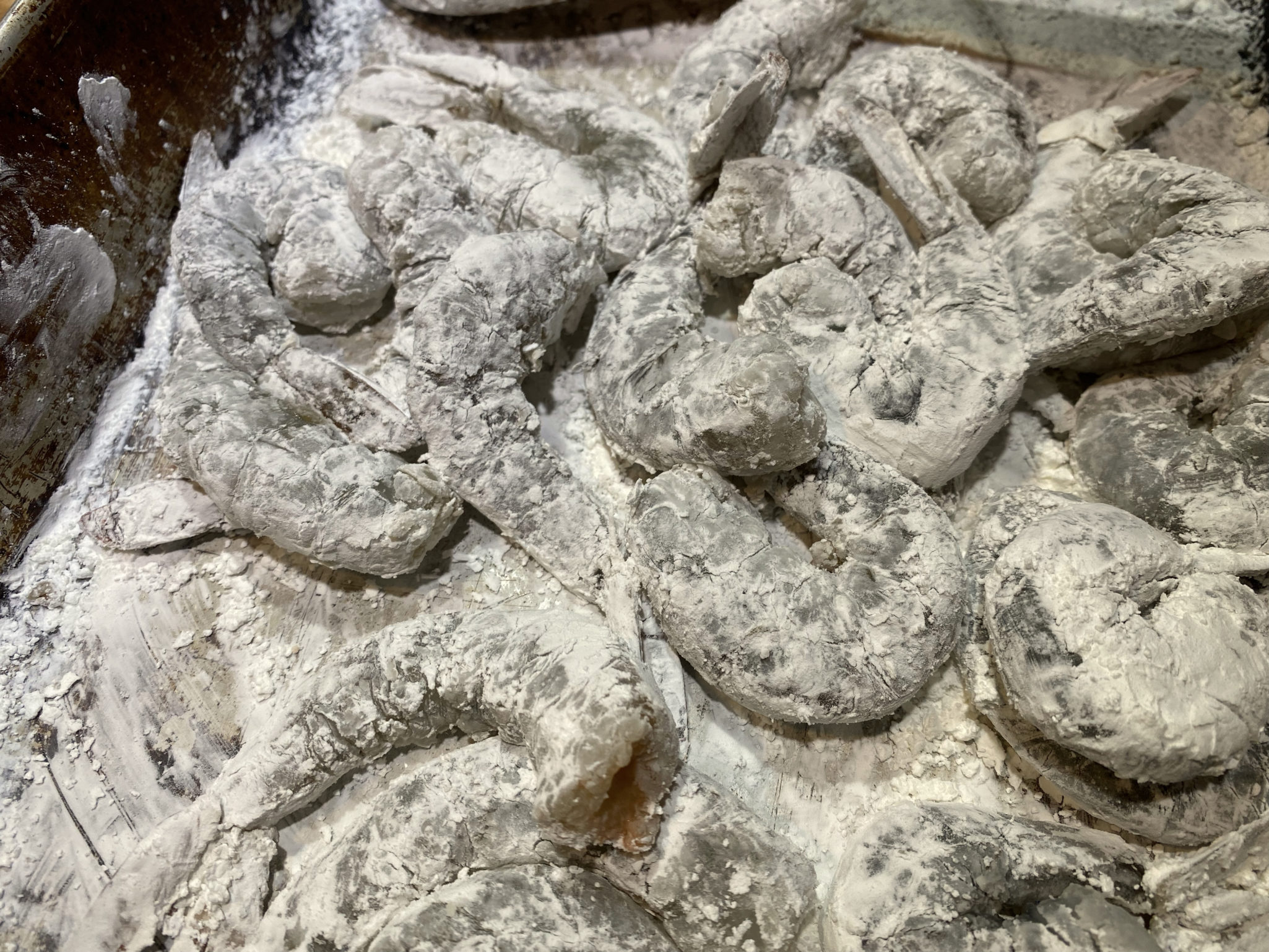
On to the shrimp, a coat of cornstarch before frying gives it a nice crunchy finish. Hit the shrimp with a generous amount of S & P or Momofuku Savory Salt before frying.

Finish dish with green onions and roasted black or white sesame seeds. I placed the mayo in a squirt bottle so I could liberally squeeze it all over the top, looks good amirite? Voila’ a stunning dinner in minutes!
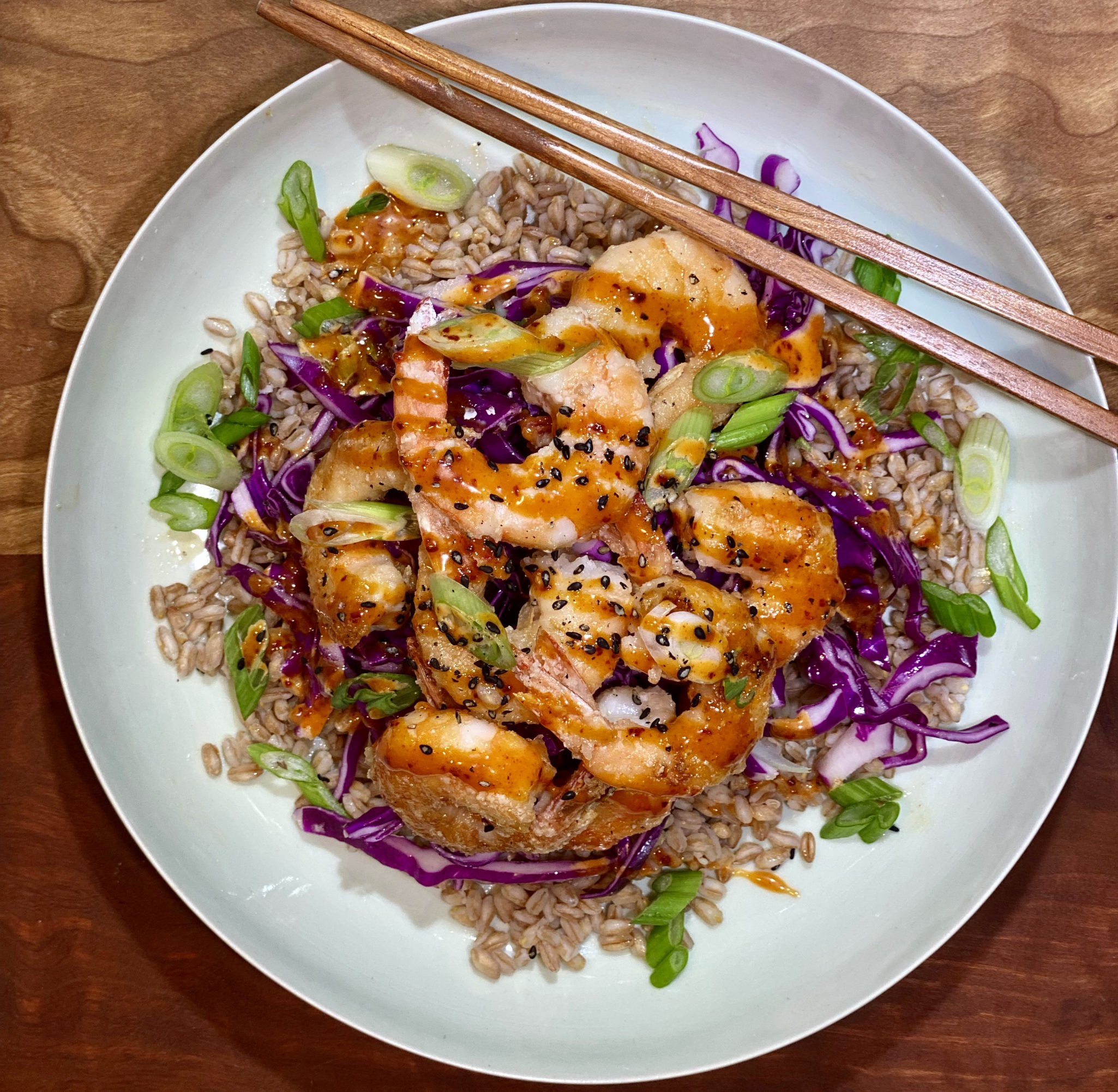
Pan-fried Crispy Shrimp with a Red Cabbage Slaw and Gochujang Mayo
Ingredients
Da Grain
- 1/4 tsp. kosher salt plus more
- 1 cup semi-pearled farro or wheat berries, rinsed I used TJ's 10 min farroand cooked it in dashi,substitute any grain you like, brown rice, bulgur or even cauliflower rice
Da Mayo Sauce
- 1/3 cup Kewpie mayonnaise
- 4 tsp. gochujang (Korean hot pepper paste) Gochujang comes in varying levels of heat, mild, med, hot-picked the one you like
- 1/2 tsp honey or more to taste
- 1 tsp. or more gochugaru (coarse Korean red pepper powder)
- 1/2 tsp unseasoned rice vinegar
- 1/2 tsp mirin
- 1/2 tsp toasted sesame oil or more to taste
- 1/4 tsp Kosher salt
- Freshly ground black pepper
Da Slaw
- 1/2 small head red cabbage 1 1⁄2 lb. about 4 generous cups
- 3 Tbsp unseasoned rice vinegar
- 2 Tbsp Mirin
- 2 tsp honey
- S&P to taste
Da Shrimp
- 1 lb. large shrimp peeled, deveined, tails removed
- 1/3 cup cornstarch
- 2 scallions sliced on the diagonal
- Toasted sesame seeds for serving
Instructions
Grains
- Cook 1 cup semi-pearled farro or wheat berries, rinsed, in a medium pot of boiling salted water, maintaining a simmer and stirring occasionally, until tender but not mushy, 20–35 minutes, depending on grain. Drain well and set aside. (Alternatively, skip the cooking and use 2 cups leftover cooked grains.)
- I cheated, I used 10 min farro from TJ's . Feel free to sub any grain of choice, brown rice or cauliflower rice would be yummy. To enhance the farro I used my favorite dashi mix to flavor the cooking water.
Gochujang Mayo
- Mix mayonnaise, 4 tsp. gochujang (Korean hot pepper paste), 1⁄2 tsp. honey, 1 tsp. gochugaru, 1⁄2 tsp. unseasoned rice vinegar, 1⁄2 tsp. mirin, 1⁄2 tsp. pure or toasted sesame oil, 1⁄4 tsp. kosher salt, and several cranks of freshly ground black pepper in a small bowl to combine. Taste and add more gochujang and gochugaru for a spicier sauce or more honey and sesame oil for a milder version.
Cabbage Slaw
- Whisk remaining 3 Tbsp. unseasoned rice vinegar, 2 Tbsp. mirin, 2 tsp. honey, and a few pinches of salt and pepper in a large bowl until smooth.
- Thinly slice 1⁄2 small head of red cabbage (about 1 1⁄2 lb)(about 4 heaping cups.) Add to bowl with dressing and massage cabbage with your hands until softened and evenly coated, about 30 seconds. Taste and season with more salt and pepper if needed. Set aside.
Da Shrimp
- Spread 1 lb. large shrimp, peeled, deveined, tails removed, out onto a small rimmed baking sheet or large plate. Season liberally with salt and pepper and toss to coat. Return shrimp to a single layer.
- Sprinkle cup cornstarch evenly over shrimp. Using your hands, press cornstarch into each shrimp so that they’re evenly and fully coated.
- Heat 1⁄4 cup vegetable oil in a large nonstick skillet over high. Once oil is hot, reduce heat to medium-high and, using tongs, carefully arrange shrimp in a single layer in pan (you may need to work in batches and add more oil). Cook, adjusting heat if needed and turning once, until barely golden brown, about 2 minutes per side. Transfer shrimp to a wire rack.
Bringing It to the Table
- Thinly slice 2 scallions; set aside for serving.
- Divide farro among shallow bowls, top with cabbage, leaving any juices from cabbage behind, then scatter shrimp over. Finish with gochujang mayo, toasted sesame seeds, and reserved scallions. Extra mayo can be served on the side.
